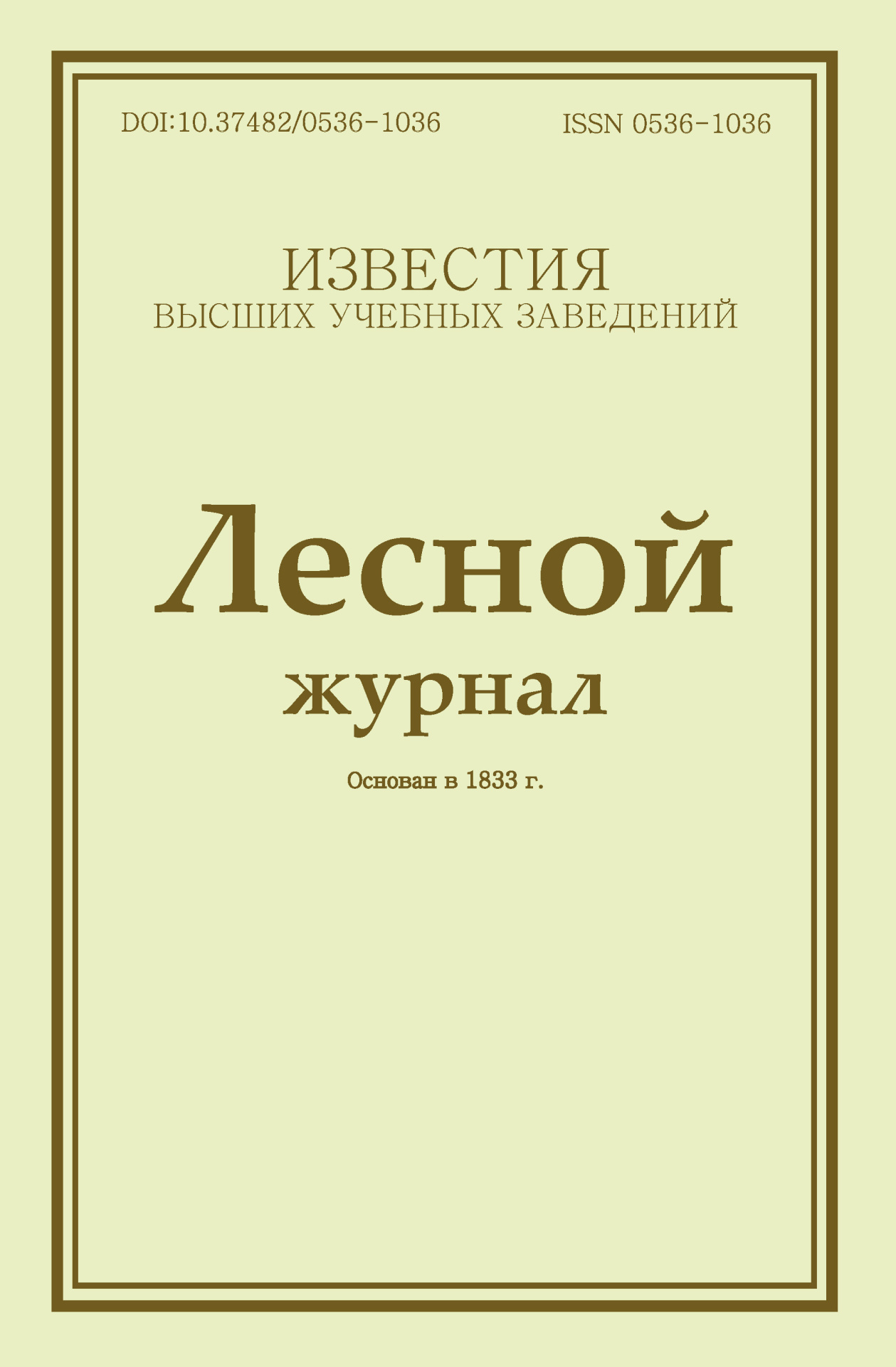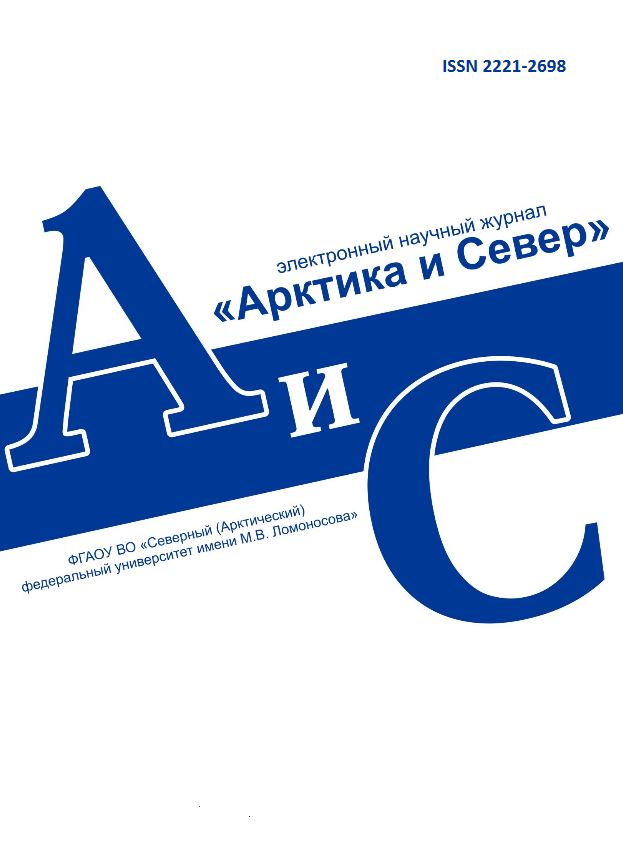
 

Legal and postal addresses of the founder and publisher: Northern (Arctic) Federal University named after M.V. Lomonosov, Naberezhnaya Severnoy Dviny, 17, Arkhangelsk, 163002, Russian Federation
Editorial office address: Journal of Medical and Biological Research, 56 ul. Uritskogo, Arkhangelsk
Phone: (8182) 21-61-00, ext.18-20
E-mail: vestnik_med@narfu.ru
https://vestnikmed.ru/en/
|
Heart rate during cognitive activity of 8–10-year-old children with different somatotypes. Pp. 24–30.
|
 |
Section: Physiology
Download
(pdf, 2.6MB )
UDC
[612.172.2+612.176]-053.5-056.23
Authors
Lukina Svetlana Fedorovna, Northern (Arctic) Federal University named after M.V. Lomonosov (Arkhangelsk, Russia)
Chub Igor Sergeevich, Northern (Arctic) Federal University named after M.V. Lomonosov (Arkhangelsk, Russia)
Nefedova Kseniya Olegovna, Student, Institute of Natural Sciences and Technologies,Northern (Arctic) Federal University named after M.V. Lomonosov (Arkhangelsk, Russia)
Abstract
This paper presents the results of a study on reactivity of heart rate variability (HRV) in response to cognitive load in the form of mental calculations and during the recovery period for 8–10-year-old children with different somatotypes. Using the cluster analysis, we established the types of autonomic homeostasis response to cognitive load. The direction of autonomic shifts during such loads depends on the background activity level of autonomic regulation, i.e. on the original tone. The most common response to a cognitive task is decreased total power of the spectrum due to reducing high-frequency component and increasing sympathetic activity, accompanied by higher centralization of heart rate control. This type is found in 19.4 % of all the examined children. We revealed that reactivity of heart rate parameters during cognitive activity is associated with functional characteristics (initial autonomic tone and functional state). Children with significantly reduced and satisfactory functional state of the cardiovascular system had a high proportion of the worst types of autonomic homeostasis response to cognitive load. The best ones were more common in children with good and average functional state. The best response to cognitive load was found in children with the muscular (mesomorphic) somatotype. Asthenic children had a high proportion of energydeficient types of response to cognitive load. The smallest impact of this type of load was observed in children with the digestive (endomorphic) somatotype; however, in 66.6 % of the subjects low background values of HRV resulted in a longer recovery period.
Keywords
children, somatotype, heart rate, cognitive load.
References
- Gerasimova I.N. Kharakteristika pokazateley fizicheskogo razvitiya i dvigatel’nykh kachestv u detey 4–7 let g. Irkutska razlichnykh somaticheskikh tipov [Characteristic of Indices of Physical Development and Motor Qualities in 4–7 Years Old Irkutsk Children of Various Somatic Types]. Byulleten’ Vostochno-Sibirskogo nauchnogo tsentra SO RAMN, 2010, no. 5, pp. 151–156.
- Khrisanfova E.N. Antropologiya [Anthropology]. Moscow, 2005. 400 p.
- Tsaturyan L.D. Vegetativnaya regulyatsiya serdechno-sosudistoy sistemy organizma detey s uchetom ikh konstitutsional’nykh osobennostey: avtoref. dis… kand. med. nauk [Autonomic Regulation of the Cardiovascular System in Children with Regard to Their Constitution: Cand. Med. Sci. Diss. Abs.]. Stavropol, 2004. 203 p.
- Shchankin A.A. Konstitutsional’nye osobennosti fizicheskoy rabotosposobnosti devushek v vozraste 18 let [Constitutional Characteristics of Physical Performance of Girls at Age 18]. Sovremennye problemy nauki i obrazovaniya, 2011, no. 3, p. 5.
- Lukina S.F., Bets L.V., Koposova T.S. Somatotipy i morfofunktsional’nyy status detey doshkol’nogo vozrasta g. Arkhangel’ska [Somatotypes and Morphological Status of Preschool Children in Arkhangelsk]. Ekologiya cheloveka, 2006, no. 8, pp. 24–28.
- Krivoshchekov S.G. Individual’no-tipologicheskie osobennosti morfo-funktsional’nogo razvitiya i povedeniya mladshikh shkol’nikov [Individual and Typological Features of Morphofunctional Development and Behaviour Among Primary School Children]. Byulleten’ Sibirskogo otdeleniya Rossiyskoy akademii meditsinskikh nauk, 2007, no. 3, pp. 150–158.
- Kuchma V.R., Zvezdina I.V., Zhigareva N.S. Mediko-sotsial’nye aspekty formirovaniya zdorov’ya mladshikh shkol’nikov [Medical-Social Aspects of Health Forming in Children in Junior School]. Voprosy sovremennoy pediatrii, 2008, vol. 7, no. 4, pp. 9–12.
- Shtefko V.T., Ostrovskiy A.D. Skhema klinicheskoy diagnostiki konstitutsional’nykh tipov [A Scheme of Clinical Diagnosis of Constitution Types]. Moscow, Leningrad, 1929. 78 p.
- Baevskiy R.M. Analiz variabel’nosti serdechnogo ritma v kosmicheskoy meditsine [Analysis of Heart Rate Variability in Space Medicine]. Fiziologiya cheloveka, 2002, vol. 28, no. 2, p. 71.
- Tambovtseva R.V. Fiziologicheskie osnovy razvitiya dvigatel’nykh kachestv [Physiological Bases of Motor Qualities]. Novye issledovaniya, 2011, no. 26, pp. 5–14.
- Sitdikov F.G., Shaykhelismanova M.V., Sitdikova A.A. Funktsional’noe sostoyanie simpato-adrenalovoy sistemy i osobennosti vegetativnoy regulyatsii serdechnogo ritma u mladshikh shkol’nikov [The Functional State of the Sympathoadrenal System and the Autonomic Regulation of the Cardiac Rhythm in Younger Schoolchildren]. Fiziologiya cheloveka, 2006, no. 6, pp. 22–27.
- Lavrova N.Yu., Sinyak E.D., Shlyk N.I. Variabel’nost’ ritma serdtsa u detey mladshego shkol’nogo vozrasta pod vliyaniem umstvennykh i fizicheskikh nagruzok [Heart Rate Variability in Primary School Children at Mental and Physical Load]. Variabel’nost’ serdechnogo ritma: teoret. aspekty i prakt. primenenie: tez.dokl. mezhdunar. simp. [Heart Rate Variability: Theoretical Aspects and Practical Application: Outline Reports Int. Symp.]. Izhevsk, 2003, pp. 23–27.
|
Make a Submission









Vestnik of NArFU.
Series "Humanitarian and Social Sciences"
.jpg)
Forest Journal

Arctic and North


|




.jpg)

